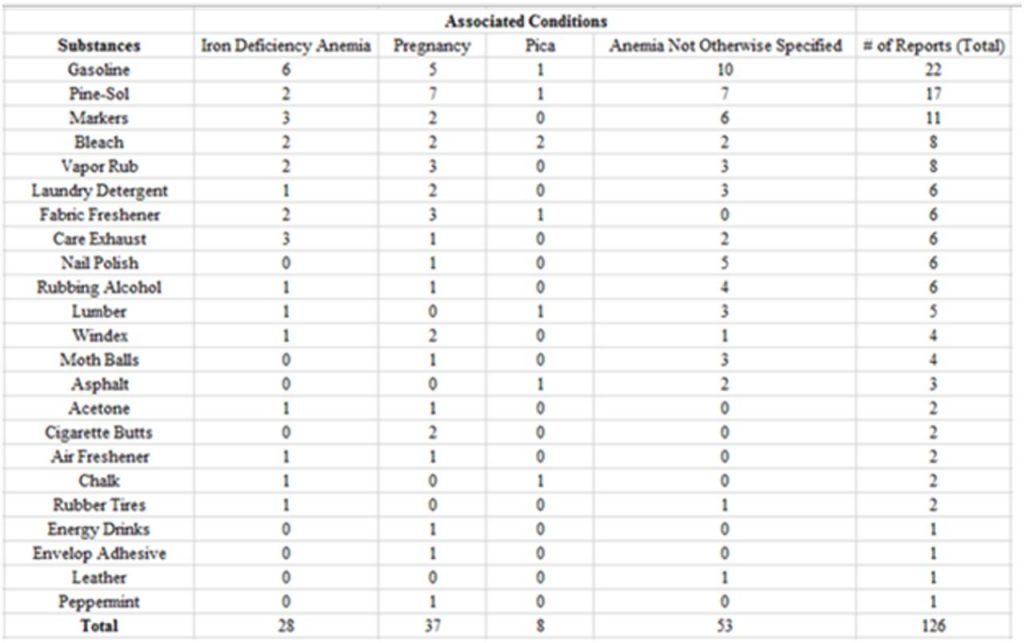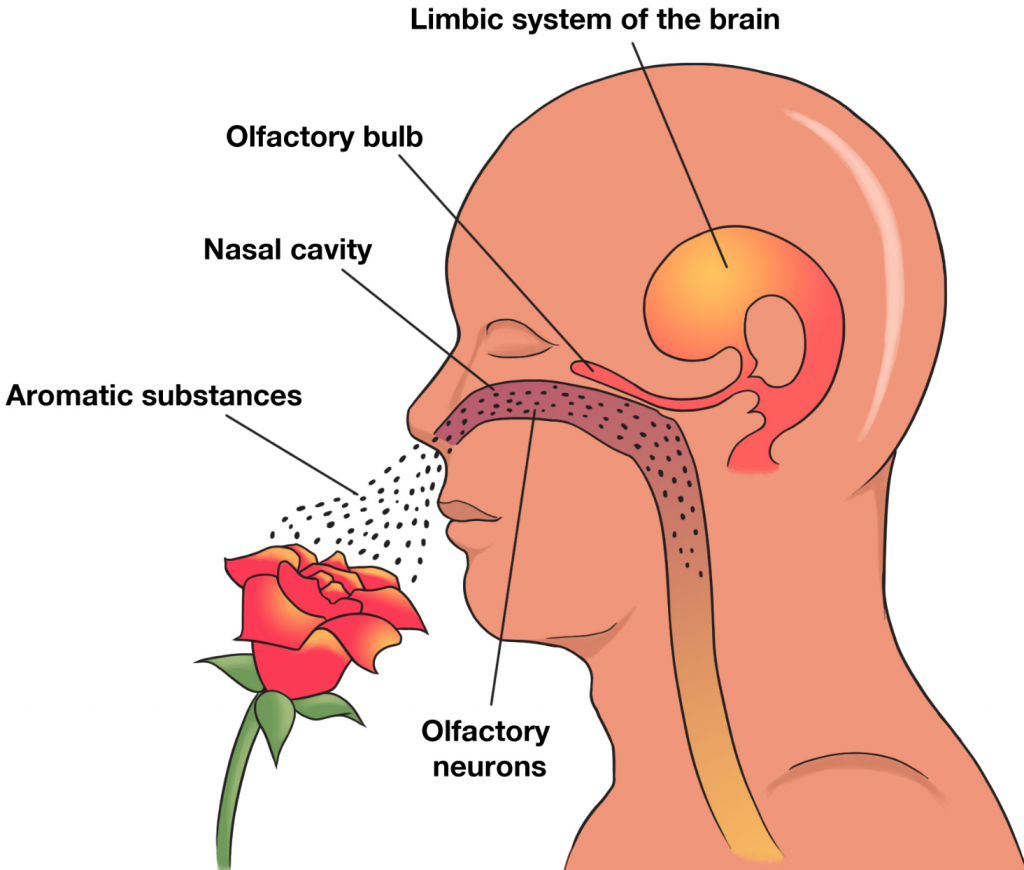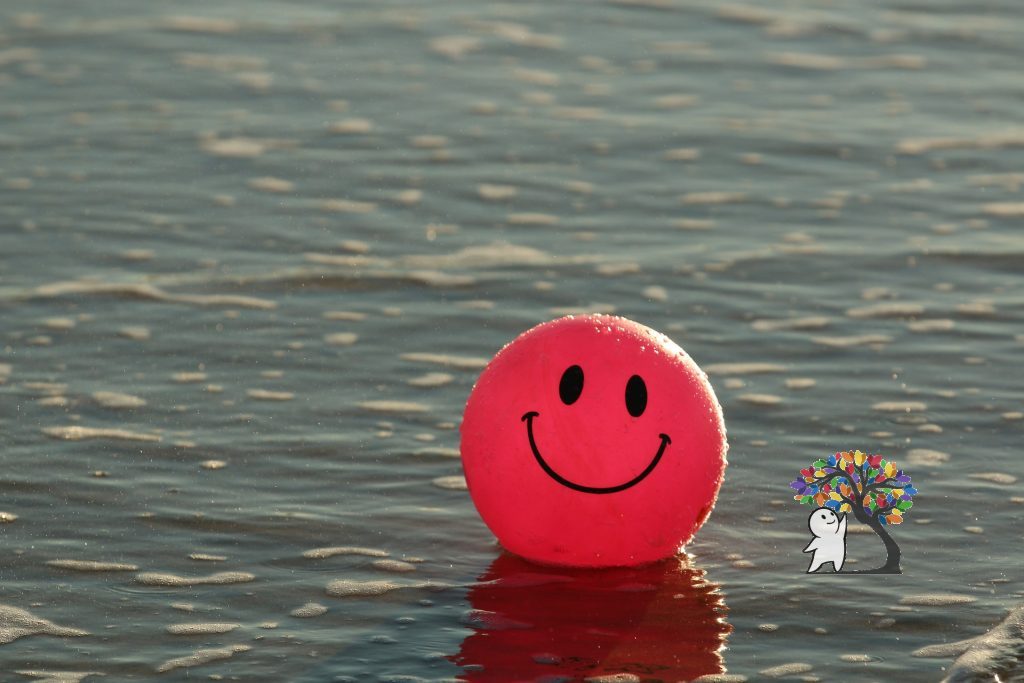Desiderosmia: Why Does the Brain Crave Smells?

Not long ago, I Googled “cravings for smells” after experiencing a strong desire for my favorite Febreze scent. I have had strong reactions to smells, both positive and negative, but lately I had been going out of my way to take in some of my favorite smells: air fresheners (I have five in my car alone), nail polish, and dryer sheets, to name a few. I light incense or candles daily and have always secretly taken a few deep sniffs every time I pump gas or get a whiff of car exhaust.
This is not something I’ve heard of before, so when a quick Google search only returned a few relevant results, my interest was piqued. Most search results were forums or blog posts from pregnant women who experienced smell cravings due to pica- a desire to eat things that aren’t meant to be eaten or don’t have nutritional value- like dirt, ice, or chalk. Eating ice is also a common occurrence in those who live with anemia. I am anemic, so when I read that this might be connected, I did some more research.
In 2016, Bryar Hansen et al. published a study with the American Society of Hematology called “Desiderosmia (Craving of Olfaction): A Novel Symptom Associated with Iron Deficiency Anemia”. They went in-depth into the same research I did and found similar results; the only reports of smell cravings were from pregnant women and patients with anemia. They had seen patients with these cravings, none of whom were pregnant, and all of whom were anemic. They craved smells such as Pine-Sol, gasoline, rubber tires, and “the musty odor of the basement.” Below is a chart that was published alongside this study that shows the most common smells that were craved by patients.

Patients who reported this symptom did not report a desire to eat what they were craving, which suggest this is a phenomenon entirely separate from pica. Hansen et al. published this study in hopes of inspiring further research into this rather unknown symptom. They suggested the name “desiderosmia” for this condition; “desiderare” is Latin for “desire”, and “osme” is a Greek word meaning “smell.”
Johns Hopkins neuroscientist Christopher Potter is interested in finding out more about how the brain processes smell. While it is known how the nose transfers a smell into a set of electrical signals in the brain, he says, “we don’t know how the signal is turned into disgust or fear. We don’t know how information is interpreted.”
In an attempt to learn more, Potter began research on the brains of fruit flies in January 2011. Despite a rather significant size difference, the brains of flies and of humans are not very different. If Potter can learn more about how the neurons in the brain of a fruit fly process olfactory input (a scent, for example), he may be able to figure out how the human brain does it, too.

For me, this mysterious craving is likely a sign that I need to do a better job managing my anemia. It may not be known exactly how or why the brain creates cravings for smells, but there is no evidence that it is something to be overly worried about either. Pica can become dangerous when one eats something that could harm them, but desiderosmia does not include a craving for ingestion. While there is still more to be learned, all I can really do for now is figure out how to safely manage these cravings.




I am a 35 year old anemic who is absolutely addicted to original scent Pine Sol and lemon Lysol. It’s so bad that I keep a small bottle of Pine Sol in my car when I need a hit. Large Sharpie markers are also satisfying, but Pine Sol and Lysol scratch the itch better than anything else.